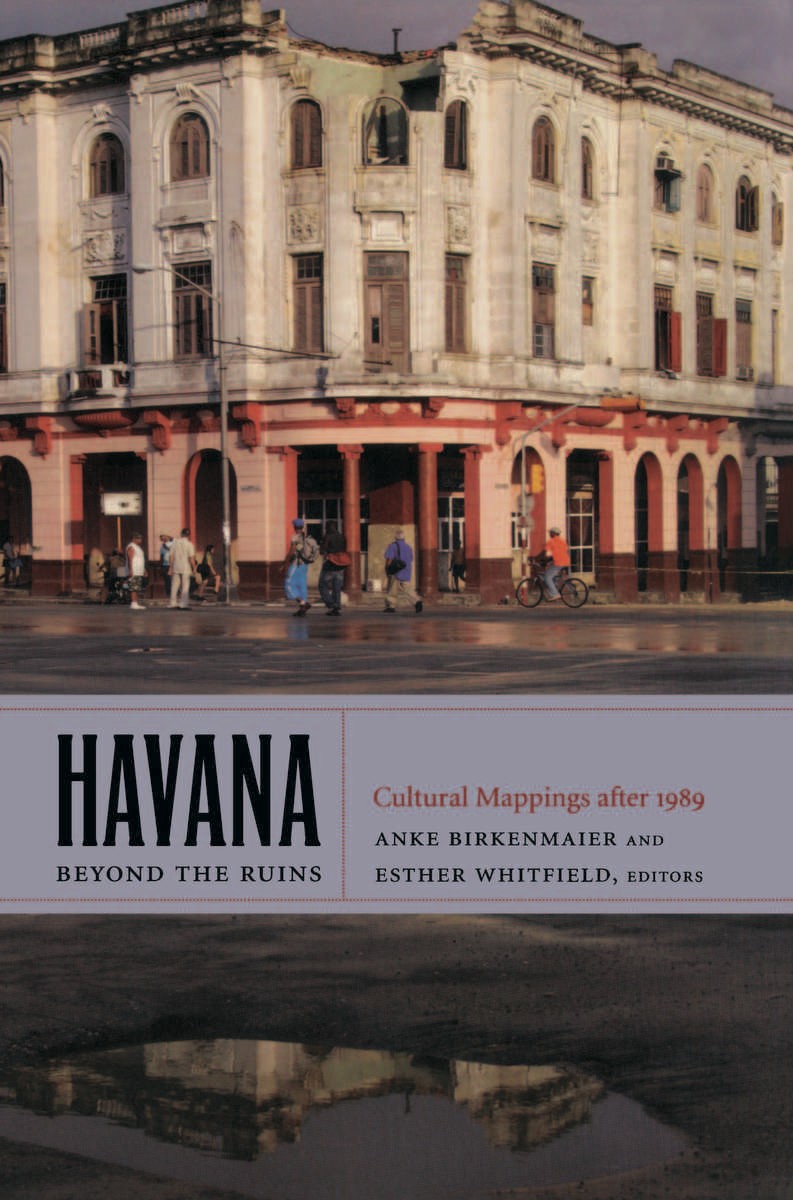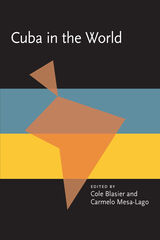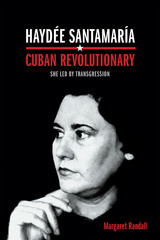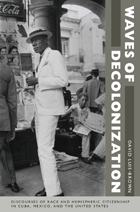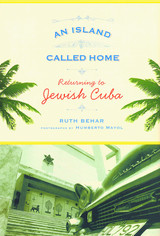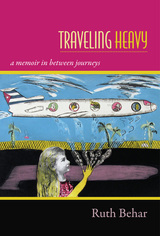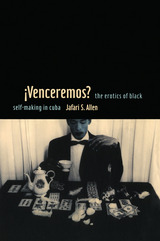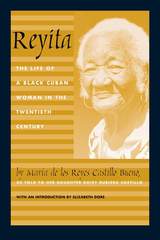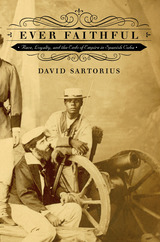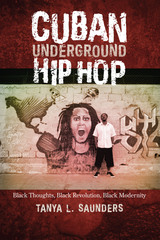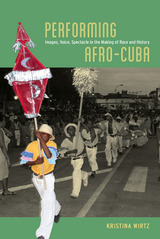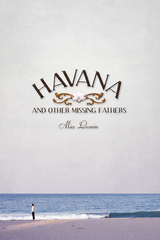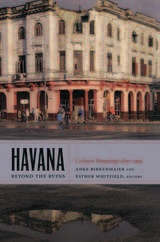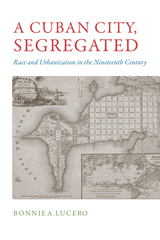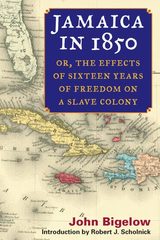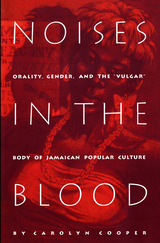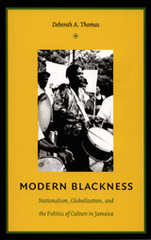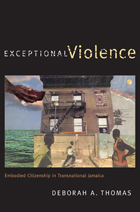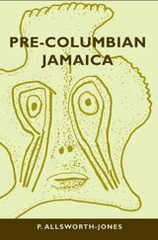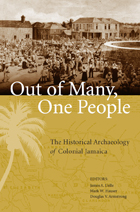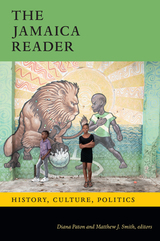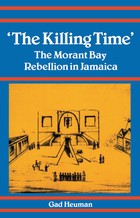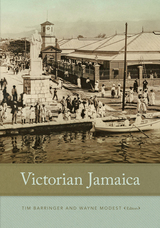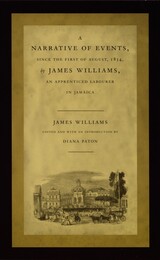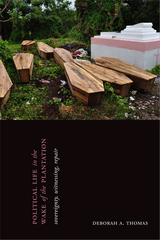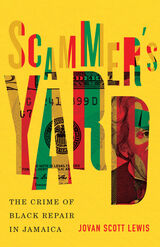Havana beyond the Ruins: Cultural Mappings after 1989
Duke University Press, 2011
Cloth: 978-0-8223-5052-1 | eISBN: 978-0-8223-9442-6 | Paper: 978-0-8223-5070-5
Library of Congress Classification F1799.H35H383 2011
Dewey Decimal Classification 972.9123
Cloth: 978-0-8223-5052-1 | eISBN: 978-0-8223-9442-6 | Paper: 978-0-8223-5070-5
Library of Congress Classification F1799.H35H383 2011
Dewey Decimal Classification 972.9123
ABOUT THIS BOOK | AUTHOR BIOGRAPHY | REVIEWS | TOC | REQUEST ACCESSIBLE FILE
ABOUT THIS BOOK
In Havana beyond the Ruins, prominent architects, scholars, and writers based in and outside of Cuba analyze how Havana has been portrayed in literature, music, and the visual arts since Soviet subsidies of Cuba ceased, and the Cuban state has re-imagined Havana as a destination for international tourists and business ventures. Cuba’s capital has experienced little construction since the revolution of 1959; many of its citizens live in poorly maintained colonial and modernist dwellings. It is this Havana—of crumbling houses, old cars, and a romantic aura of ruined hopes—that is marketed in picture books, memorabilia, and films. Meanwhile, Cuba remains a socialist economy, and government agencies maintain significant control of urban development, housing, and employment. Home to more than two million people and a locus of Cuban national identity, Havana today struggles with the some of the same problems as other growing world cities, including slums and escalating social and racial inequalities. Bringing together assessments of the city’s dwellings and urban development projects, Havana beyond the Ruins provides unique insights into issues of memory, citizenship, urban life, and the future of the revolution in Cuba.
Contributors
Emma Álvarez-Tabío Albo
Eric Felipe-Barkin
Anke Birkenmaier
Velia Cecilia Bobes
Mario Coyula-Cowley
Elisabeth Enenbach
Sujatha Fernandes
Jill Hamberg
Patricio del Real
Cecelia Lawless
Jacqueline Loss
Orlando Luis Pardo Lazo
Antonio José Ponte
Nicolás Quintana
Jose Quiroga
Laura Redruello
Rafael Rojas
Joseph L. Scarpaci
Esther Whitfield
See other books on: Cuba | Havana | Havana (Cuba) | Post-communism | Ruins
See other titles from Duke University Press
